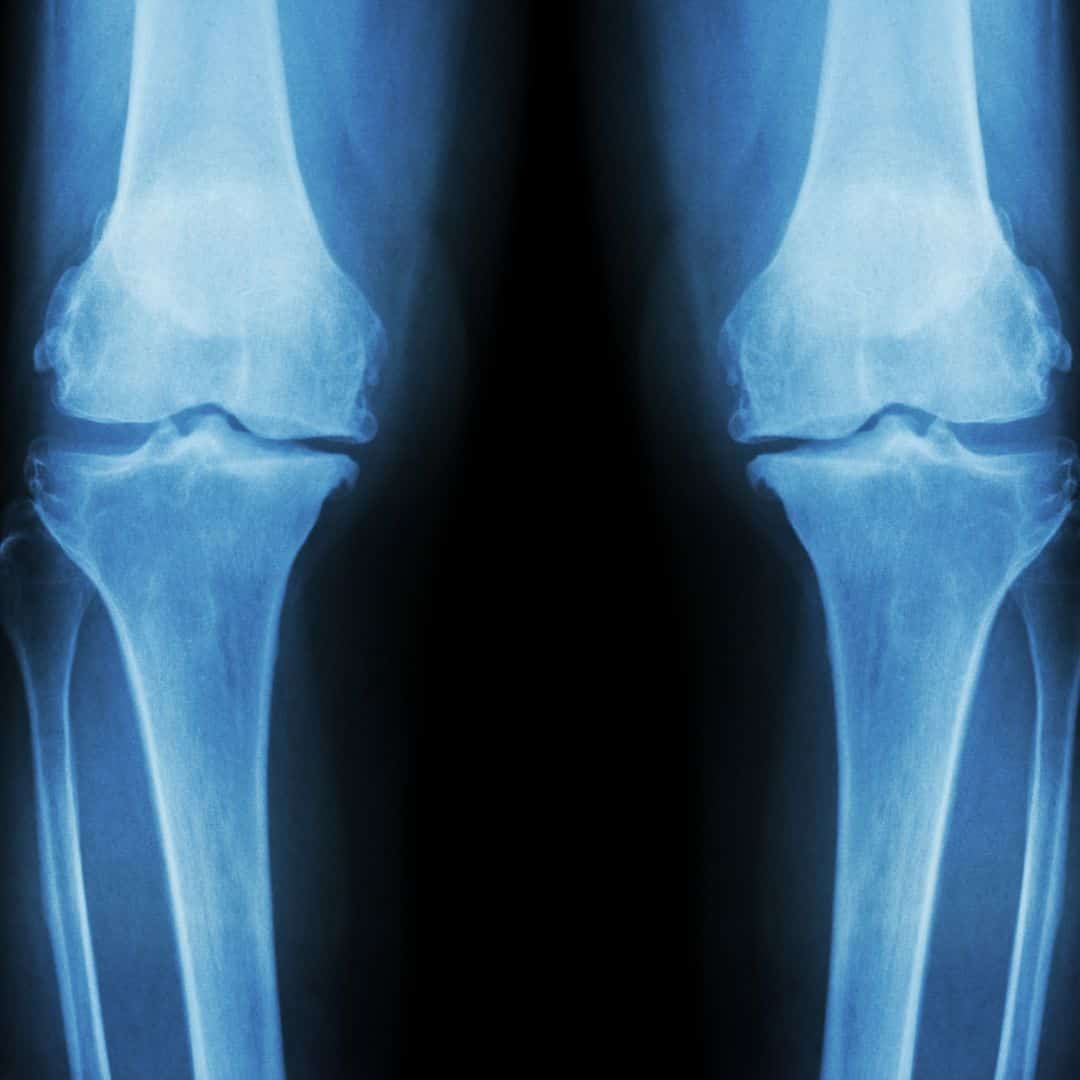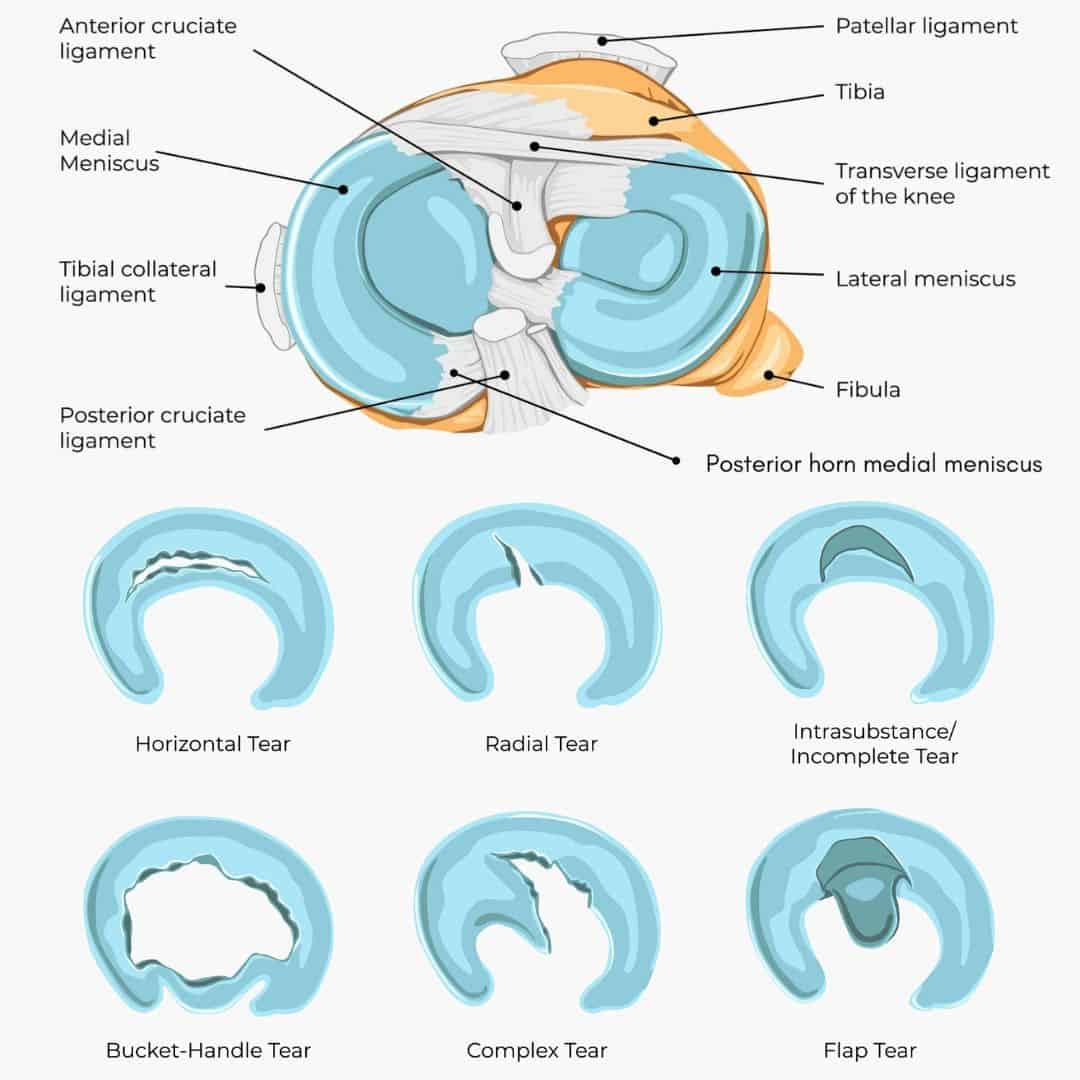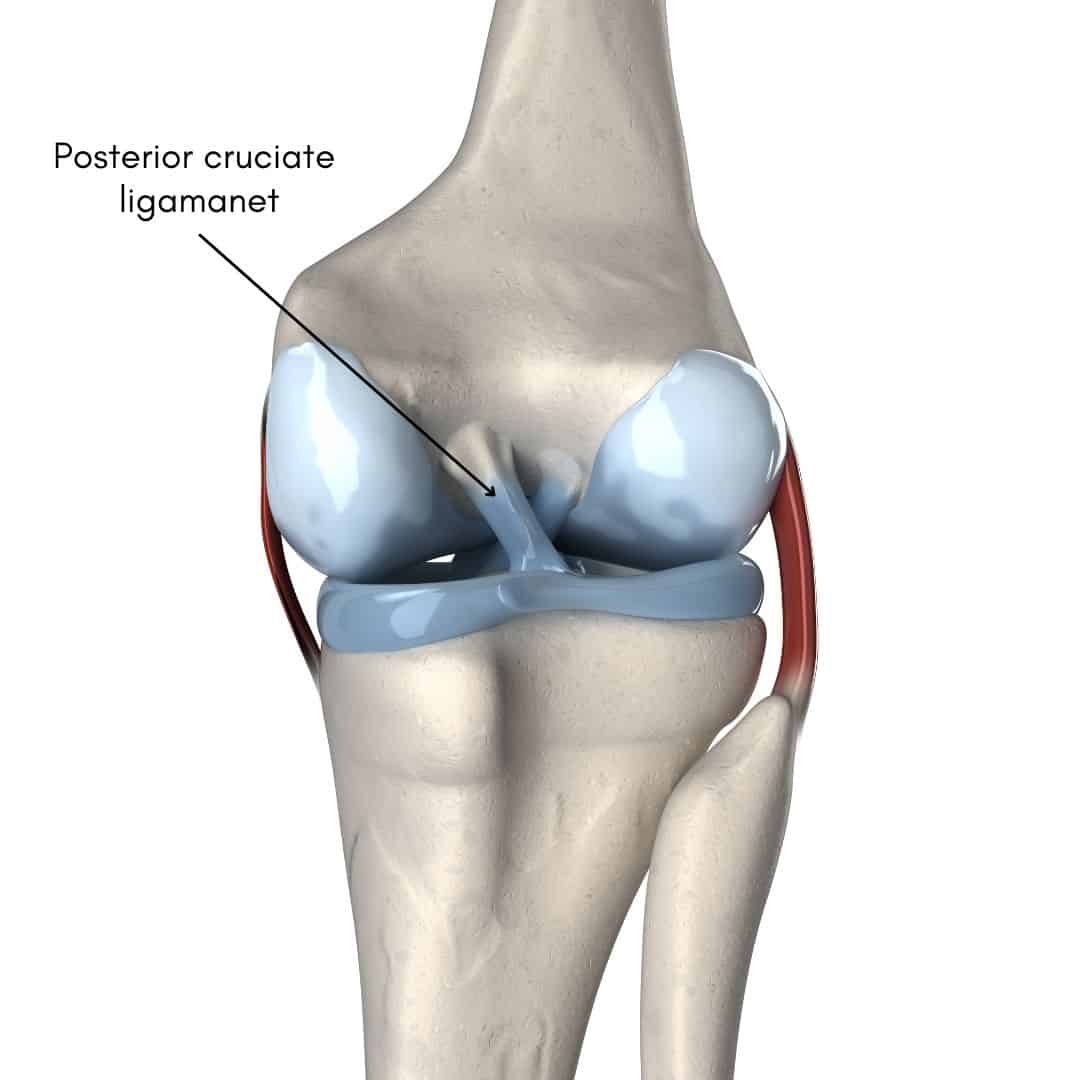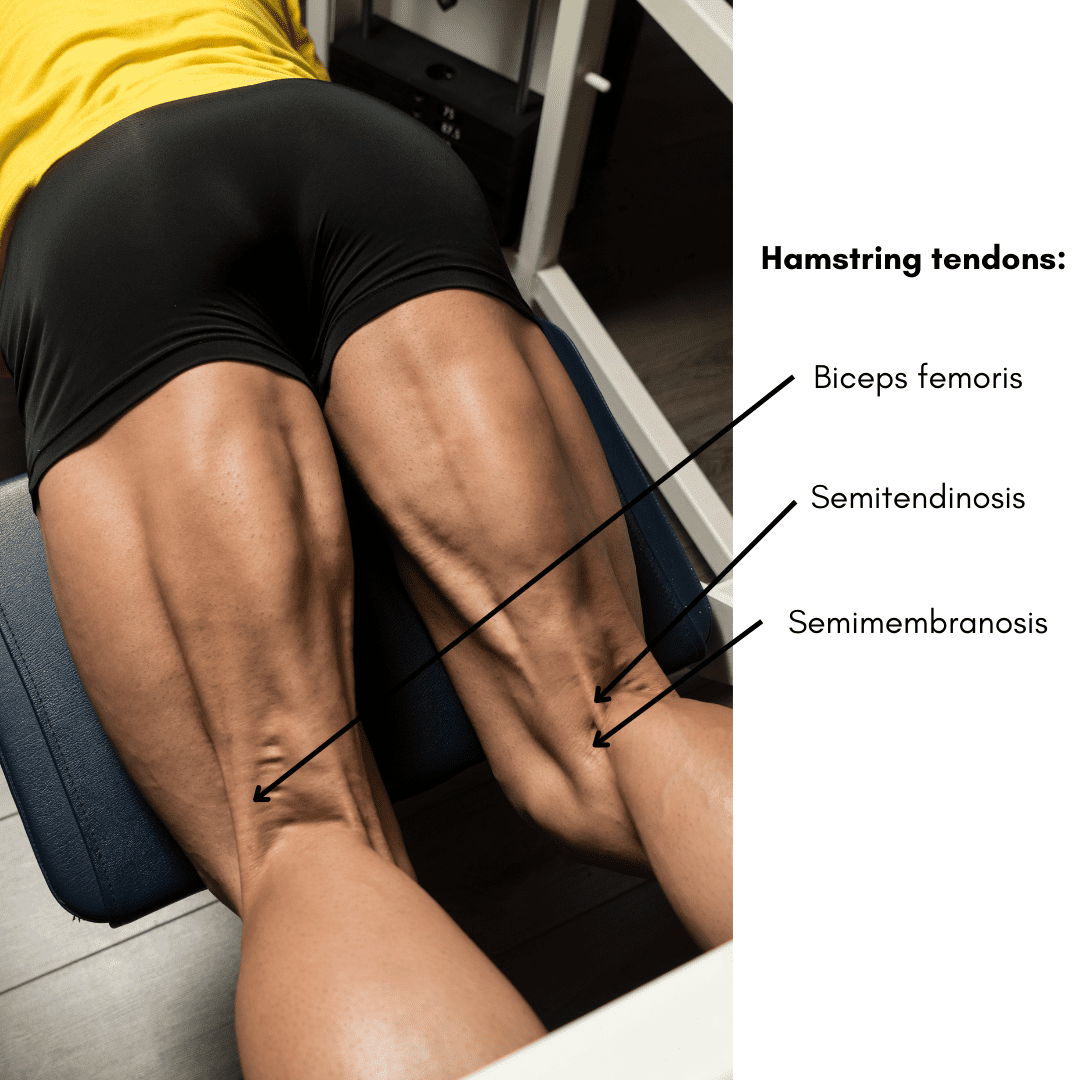Knee Hyperextension Brace
Read More >
There are several reasons for experiencing pain at the back of the knee. This is a challenging anatomical area that needs a thorough evaluation for an accurate diagnosis. To complicate the matter even further, the back of the knee is a common area for referred pain from the lumbar spine. So let’s have a closer look at the possible reasons behind this issue.

Osteoarthritis is a common cause of pain at the back of the knee in the older population. The joint surfaces get worn and the cartilage can weaken and become damaged. Bone spurs can develop and loose bodies can detach from joint surface and float within the joint, which can trigger an inflammatory response resulting in a painful and swollen knee. There is abundant research nowadays in favour of conservative management for knee osteoarthritis, consisting of exercise therapy and load management. Hyaluronic acid and corticosteroid injections can be useful to provide some pain relief, although surgery may be required for more severe presentations.
There are different types of arthritis including rheumatoid arthritis and septic arthritis that can also cause pain and swelling at the back of the knee. These can occur in all age ranges and are triggered by different causes, such as genetic predisposition or infection. These will need medical management and medication to manage or resolve. Physical therapy and exercise still play an important role in rehabilitation of these conditions.
The menisci are small disks of fibrocartilage that act as shock-absorbers within the knee. In the older population meniscus tears can be from wear and tear, whereas in the younger population they tend to result from trauma and are very common in sports such as football, skiing or tennis, to name a few. Unless there is severe loss of function of the knee which locking or giving way of the joint, the first line of treatment will be conservative management with exercise therapy. Surgical repair or meniscectomy, the removal of all or part of the meniscus, are less frequently required and only offered if there is significant pain that does not improve with conservative management and symptoms such as locking or giving way of the knee joint.
If the posterior portion of the meniscus is injured, pain will commonly be felt at the back of the knee.


The posterior cruciate ligament or PCL is less well known than the anterior cruciate ligament or ACL, as it is less common to injury. However, injuries to the PCL do occur, mostly as a result of high-energy traumas, and pain will be felt a the back of the knee. In sports, like rugby, they are quite prevalent, as well as following road traffic incidents. Depending on your level of activity, a PCL injury might require surgical management and a period of rehabilitation, similar to an ACL injury.
A baker’s cyst is the collection of fluid at the back of the knee, it is also referred to as a popliteal cyst. It occurs as a result of knee pathology, most commonly meniscal tears. The inflammatory liquid forms a small pouch, which can push towards other sensitive structures in the area and cause pain at the back of the knee. It might give discomfort, particularly when squatting down or bending the knee, as the cyst gets compressed. Often the knee will feel blocked by the swelling so that the full range of flexion is limited.
Management generally involves addressing the underlying cause of the excessive liquid formation and occasionally, if the baker cyst is very painful and lifting, aspiration may be performed along with a simple corticosteroid injection.
The tendons of the hamstrings, three muscles at the back of the thigh, and the gastrocnemius, the calf muscle all cross over the knee joint. They form the boundaries of the popliteal fossa. This is a cavity behind the knee that holds the blood vessels and nerves that supply the lower leg.
Injuries affecting these tendons of the hamstrings and gastrocnemius are generally related to overload. In runners, this is commonly related to a sudden increase in distance, speed, or hills. Injuries are either on the posterolateral aspect of the knee (semitendinosus or lateral head of the gastrocnemius) or the posteromedial aspect of the knee (semimembranosus, bicep femoris or medial head of the gastrocnemius).
Occasionally, the popliteus muscle and tendons may give symptoms. Biomechanics plays a major role in the development of these issues, so therefore assessing walking or running gait will be useful. A progressive loading program is then warranted to re-establish pain-free and strong tendons.

Dislocations of the whole knee joint are rare compared to dislocations of the patella at the front of the knee which are much more common. Full knee dislocations are usually caused by high force trauma, such as a road traffic incident, a high force fall or sports injuries. Typically the knee is forced backwards or sideways resulting in the bones moving out of place. There are a small number of people who are born with congenital knee dislocation.
This is an extremely painful injury, with pain all around the knee as well as at the back of the knee. It will need urgent medical care and cannot be self-managed at home.
Pain behind the knee can be caused but the stress of structures at the back of the knee, if the knee extends beyond its usual limit (bending backwards). These injuries usually occur in sports and range from mild to severe. Mild hyperextension injuries can be managed at home with rest before a gradual return to activity, whereas severe injuries can need surgery and may involve damage to ligaments such as the ACL and PCL.

Deep vein thrombosis is the formation of a blood clot that gets lodged in a deep vein of the leg. Symptoms are typically a hot calf, swelling of the calf, ankle and foot, discolouration of the calf to dark red or purple, and pain, typically felt in the calf but it can be high up the calf near the back of the knee. If you have any of these symptoms, you must seek urgent medical advice such as attending an emergency department at a hospital.
Although uncommon, this is a medical emergency that if suspected should be assessed urgently, and treated as it can be life-threatening. It is more likely to develop after a long period of immobility, such as after a long haul flight or car journey, or following a surgical procedure.
Gout is more common in the big toe but can also be a cause of pain at the back of the knee. If it affects the knee it will cause inflammation in and around the joint, resulting in the knee looking red and swollen. Gout is the formation of crystals in the joint which are a result of high uric acid in the blood. High uric acid can be caused by diet or some medical conditions. While painful this is not a dangerous condition. Treatment is typically medication and the causes will need to be addressed to reduce the risk of recurrent episodes.
While very rare, tumours can be a cause of pain at the back of the knee. Whether benign or cancerous, a space-occupying lesion such as a tumour can restrict movement and cause significant pain. Thorough investigations will be needed to assess what the tumour is and what treatment is necessary.
This is not medical advice and we recommend a consultation with a medical professional such as James McCormack to achieve a diagnosis. He offers Online Physiotherapy Appointments for £45.